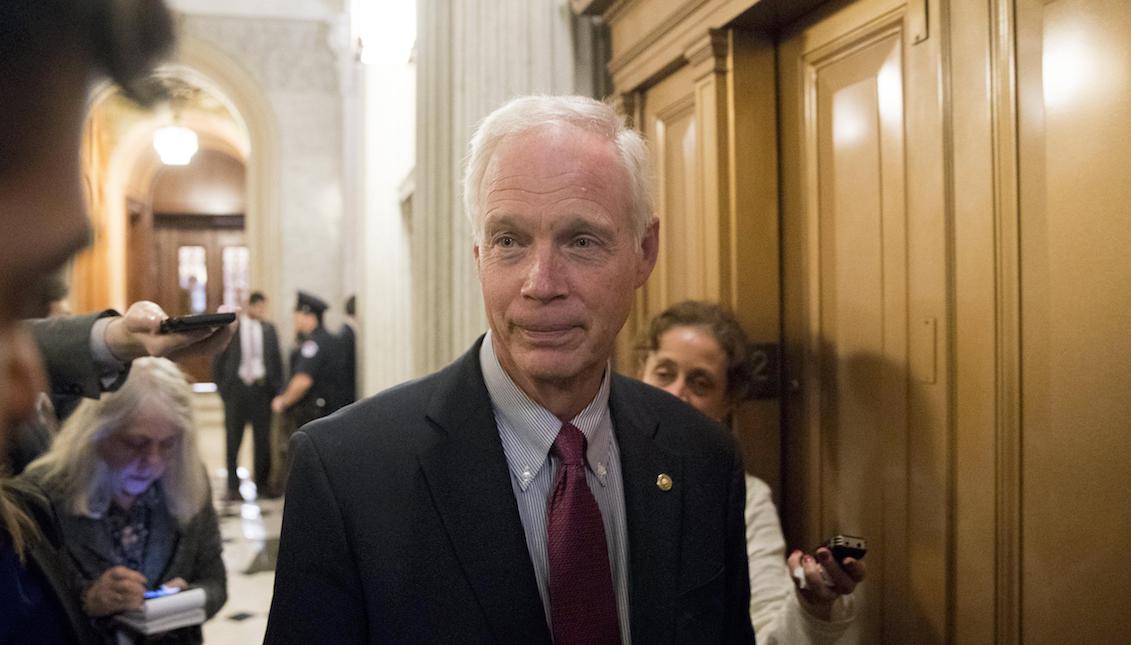
What happened this week with the Republican Tax Reform?
What we know so far.
Following the development of judicial maneuvers can be tedious. But when it comes to the most important remodeling of the tax system in recent years, it is better to be aware of everything that happens.
After the Republicans finally agreed on something and the House of Representatives approved their project, the reconciliation of the requirements of each legislative caucus was transformed into a game of Ping-Pong between both chambers, finally reaching a vote on the Senate floor this week.
Much has been published about the content of the proposal and how it will affect the US population according to socioeconomic strata, but it all comes down to this: Republicans want a reform that cuts taxes in large companies, at the expense of national debt and with the promise that the economic "boost" that this would imply will eventually compensate the cost in the coffers of the country.
The Washington Post explained this, also ensuring that this mathematics is not entirely accurate.
According to the media, the country's debt will increase by 1.5 trillion dollars and that economic growth will supply only one-third of that debt, as explained by the Joint Committee on Contribution (JCT) last Thursday.
Initially, the White House argued that "the tax cuts will pay themselves", but the Post - and several specialists in the matter - warned that, "it will not go so far."
The government has also backed the measure, ensuring a "fiscal relief" for the middle class, but, as we have said before, the tax cuts proposed for the middle class are less than those proposed for the highest income people, and unlike the corporate cuts, they will expire in a decade. That is, within ten years people who earn less than $ 75,000 a year will probably see an increase in their taxes.
RELATED CONTENT
According to the majority leader in the Senate, Mitch McConnell (R-Ky), apparently, the plan already has enough votes to be approved.
After internal negotiations, those who were skeptical within the Republican caucus have agreed to back the project. Among them, Senator Jeff Flake (R-Ariz), has added his support after negotiating a solution to the immigration situation of the Dreamers.
At the moment, both chambers (the Representatives and the Senate) are in the process of reconciliation, managing to settle the differences between both proposals in order to reach a final agreement.
Among the latest developments is the abandonment of the rescission of the Alternative Minimum Tax, a strategy that would have allowed the wealthiest to avoid paying taxes through their deductions.
After the JCT made public its analysis on the negative impact of the proposal, several senators within the same party have demanded even more changes and this could take more time for negotiations.











LEAVE A COMMENT: